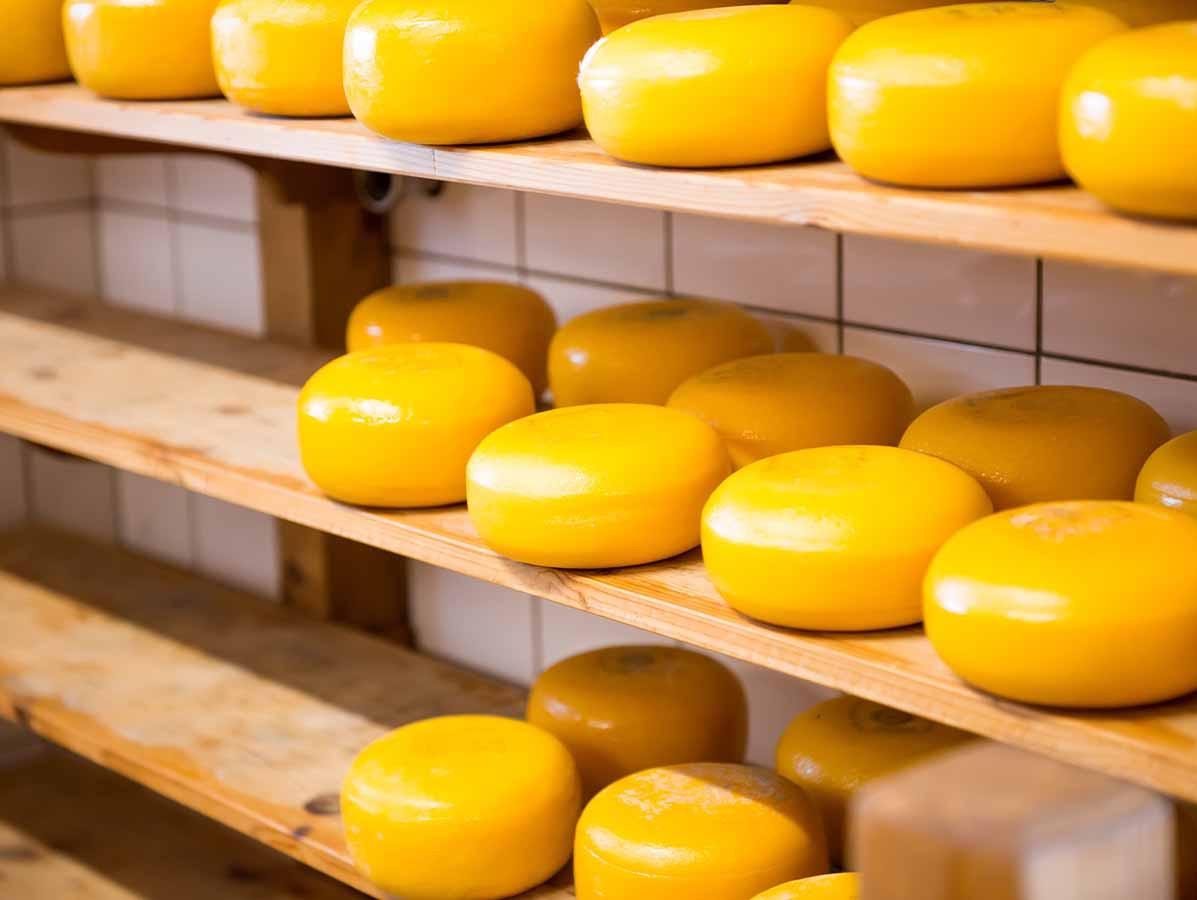
In the course of the first two decades of the 21st century, the Dutch were drinking less milk but eating more cheese. This is shown by an overview of per capita consumption figures of dairy products and eggs during 2005-2022, made by Wageningen Economic Research on behalf of Wakker Dier. Consumption figures for butter (oil) and eggs show less pronounced changes over the same period.
Discussions about a less animal and more plant-based diet often focus on the (excessive) consumption of meat and its reduction. But the consumption of animal-based proteins in the form of milk and milk-based foods is also important here. While 21st century meat consumption figures for the Netherlands as a whole show relatively little change so far (Dagevos et al., 2022), consumption figures for dairy products are more dynamic. The figures for milk and milk products show a clear decrease in consumption over time: a reduction of about 20% in volume between 2005 and 2021. This downward trend is offset by an upward trend for cheese and quark cheese products: an increase by about 40% over the same period. Apparently, many Dutch people find it easier to forgo a glass of milk or drinking yoghurt than a block of cheese or a tub of quark cheese.
Based on these changes, it can be seen that a relative 'de-milking' is taking place in the Netherlands without there being any direct 'de-dairyfication'. After all, milk is the basic ingredient of cheese and quark cheese products. Dairy is and remains an important product category in the Dutch diet. This does not alter the fact that the total amount has decreased over time. Milk (products), cheese/quark cheese and butter (oil) added up to almost 129 kilograms per person/per year in 2005. For 2022, the counter currently stands at around 110 kilograms per person/per year. This is a decrease of about 19 kg (about 15%).
The methodology used to determine per capita consumption for dairy products amounts to deriving consumption in a given year from the production of drinking milk, drinking milk products, cheese and butter (oil) in that year. Production figures are combined with import and export figures to arrive at consumption per capita.
Source: Wageningen Economic Research